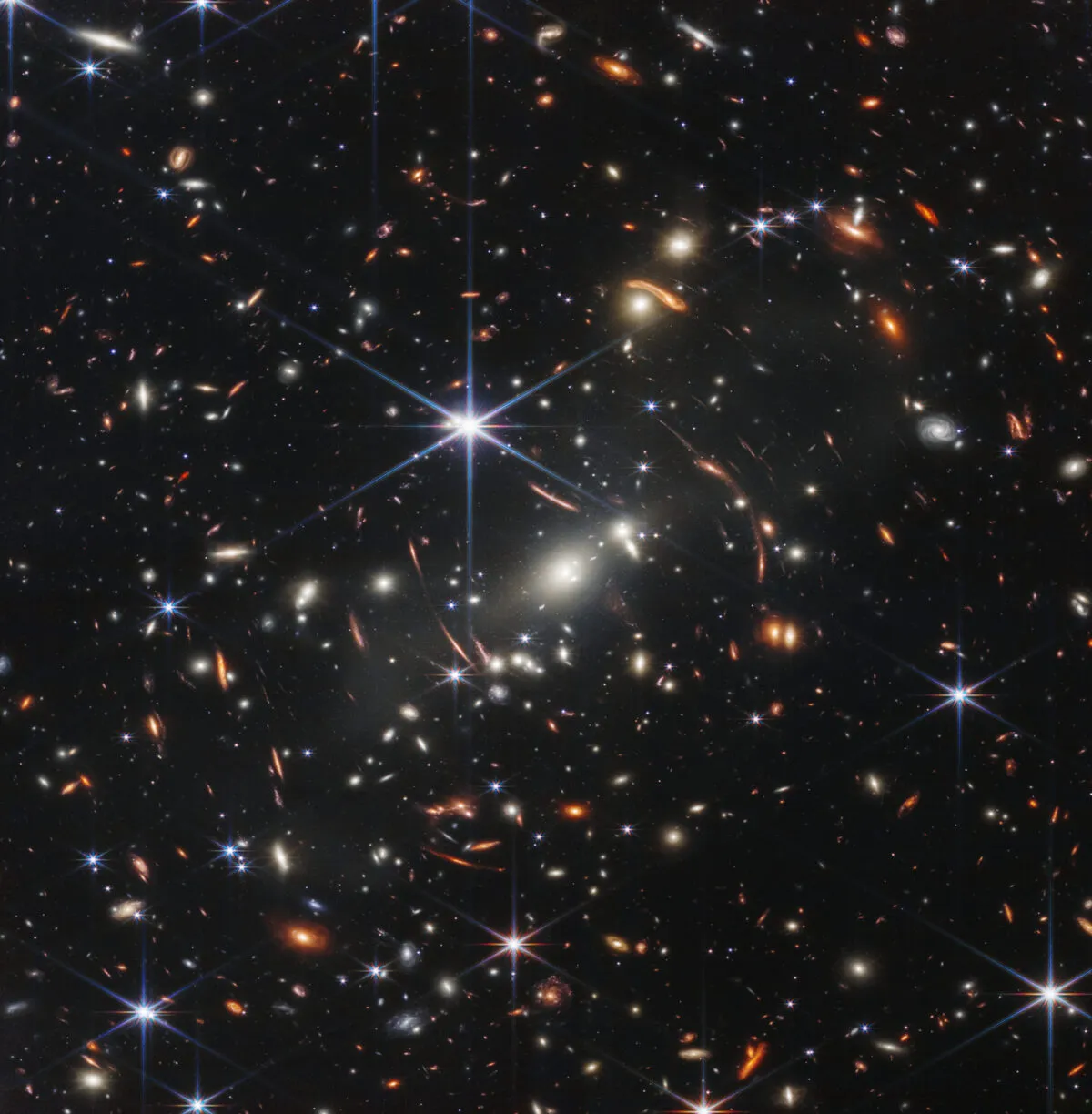'Disk galaxies' like our home galaxy the Milky Way may have been more common in the early Universe than previously thought.
A study using the James Webb Space Telescope has found that galaxies like our own are surprisingly common throughout the Universe.
These disk galaxies could also have been much more ubiquitous in the early Universe, potentially challenging current theories on galaxy formation.
Find out more about how James Webb Space Telescope studies galaxies

The study could also cause a re-think regarding structure formation in the Universe, and the mysterious substance known as dark matter.
Using the Webb Telescope, an international team of astronomers including The University of Manchester and University of Victoria in Canada found that galaxies similar to the Milky Way dominate throughout the Universe.
In fact, galaxies like our own exist far back in the Universe's history, forming 10 billion years ago or even further back
The galaxies in question are 'disk' galaxies, so-called because they are disk-shaped, rotate about their centre and often have spiral arms.

These might be the types of galaxies where life can develop, given the nature of their formation history.
Yet astronomers previously thought disk galaxies were too fragile to exist in the early Universe, when chaotic galaxy mergers were much more common.
The new study, published in the Astrophysical Journal, finds that disk galaxies are 10 times more common than believed based on observations with the Hubble Space Telescope.
“Using the Hubble Space Telescope we thought that disk galaxies were almost non-existent until the Universe was about six billion years old," says Christopher Conselice, Professor of Extragalactic Astronomy at The University of Manchester.
"These new JWST results push the time these Milky Way-like galaxies form to almost the beginning of the Universe."

"For over 30 years it was thought that these disk galaxies were rare in the early Universe due to the common violent encounters that galaxies undergo," says Leonardo Ferreira, lead author of the study, from the University of Victoria
"The fact that JWST finds so many is another sign of the power of this instrument and that the structures of galaxies form earlier in the Universe, much earlier in fact, than anyone had anticipated."
It had been thought that disk galaxies were rare, and formed after the Universe was already 'middle aged'.
But the Webb Telescope is able to peer further into the distant Universe, and so see further back in time.
Researchers say this is a sign that ‘structure’ in the Universe forms quicker than anticipated.
"These JWST results show that disk galaxies like our own Milky Way, are the most common type of galaxy in the Universe," says Professor Conselice
"This implies that most stars exist and form within these galaxies which is changing our complete understanding of how galaxy formation occurs.
"These results also suggest important questions about dark matter in the early Universe which we know very little about.
"Based on our results astronomers must rethink our understanding of the formation of the first galaxies and how galaxy evolution occurred over the past 10 billion years."
Read the full paper at arxiv.org/abs/2210.01110

